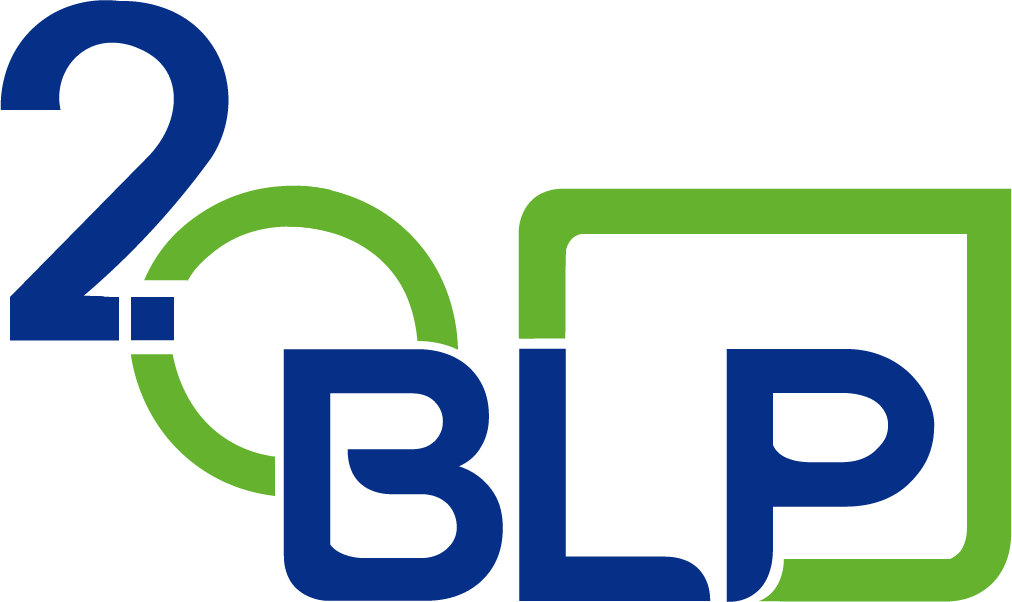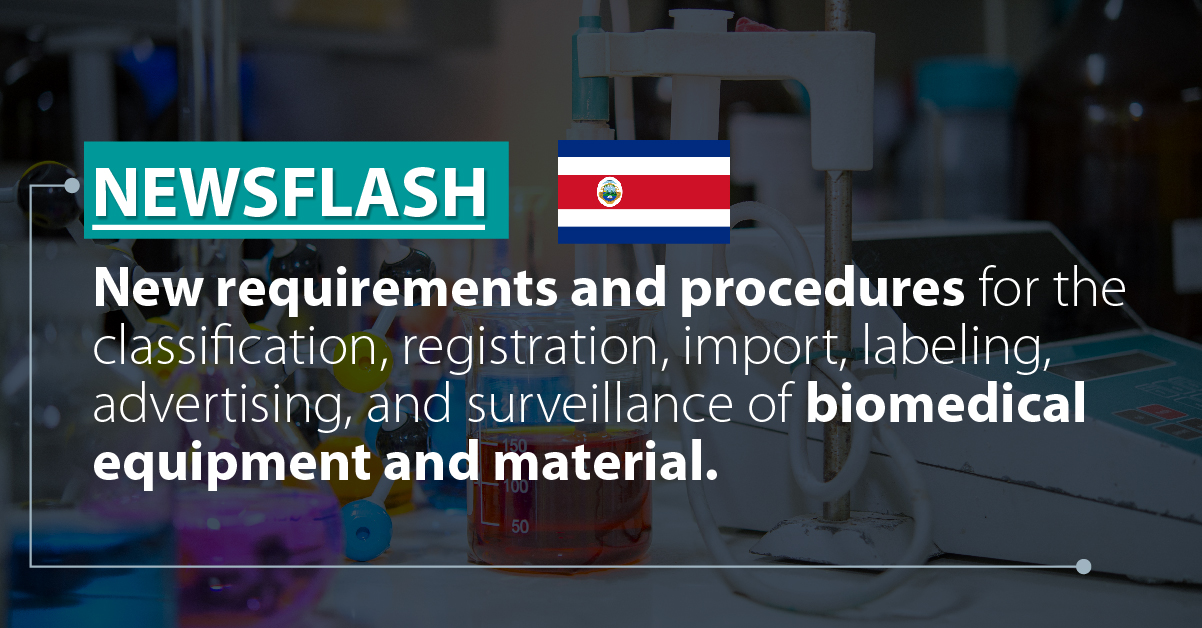On September 9, 2023, the new RTCR 505: 2022: BIOMEDICAL EQUIPMENT AND MATERIAL. CLASSIFICATION, REGISTRATION, IMPORT, LABELING, ADVERTISING, SURVEILLANCE, AND CONTROL came into effect, establishing requirements and procedures for the classification, registration, import, labeling, advertising, and surveillance of biomedical equipment and material.
Under this new regulation, the following documents, which were not previously requested by the authority for these types of procedures, are required:
- Manufacturing contract containing the following information:
- Signatures of the product owner and the manufacturer jointly or separately.
- Letter of commitment to compliance with Good Manufacturing Practices.
- Description of production conditions, analysis when applicable, or any other technical management related to these.
- Description of the handling of raw materials, packaging material, bulk material, and finished product(s), including procedures for rejection.
- Permission to the contractor allowing access to the contractor’s (hired) facilities for audits.
- List of each product or analysis service covered by the contract.
- Inclusion of the complete data of both the contractor and the contracted party that specifies the contract’s validity and establishes the type of product(s) covered by the contract.
- Power of attorney by the manufacturer-owner in favor of the company applicant.
- Copy of applicant’s Sanitary Operation Permit.
- Good Manufacturing Practices documentation, which is not currently required by the authority but will come into effect once regulations governing this document are issued.
Additionally, the following labeling requirements are established:
- Name of the Biomedical Equipment (EMB): It must indicate the true nature of the EMB, be specific and not generic, and may include other indications, trade names, or brands.
- Intended purpose or use of the EMB.
- Name or business name or logo and country of the product owner.
- Name or business name or logo and country of the manufacturer.
- Product identifier code or the model declared in the EMB registry.
- Lot number.
- Description of the contents of the EMB commercial packaging, expressed in appropriate terms for the EMB, such as size, net weight, length, volume, or number of units.
- Expiration date or shelf life.
- Indication of sterility if declared by the manufacturer.
- Any special storage or conservation conditions applicable to the EMB.
- Symbols and warning notes, when applicable.
- Instructions on how to use the EMB safely and effectively or indication that it is included in the product insert or manual.
- Indication if the product is for personal use.
- Indication if the product is for single use.
- Custom-made products must contain the legend “custom-made product.”
- In vitro diagnostic equipment for personal use must add the following visible and indelible legend: “This self-test is only indicative and does not provide a definitive diagnosis.”
- EMB Registration Number, unless the product is exempt from registration under the provisions of this regulation.
- In vitro diagnostic equipment for exclusive research use must include the following visible and indelible legend: “This test is for exclusive research use. The product is not approved for diagnostic or therapeutic purposes, and its use is entirely the responsibility of the user.”
Due to this new regulation, companies subject to these procedures have the option to use complementary labels to provide users with mandatory information when the original label’s information is in a language other than Spanish or to add mandatory information not included in the original label due to regulations.
It is important to note that this label should not be used to change or correct information included in the original label.
At BLP, we have a specialized team for these types of procedures, ready to assist you with these processes and clarify any doubts or concerns you may have.



